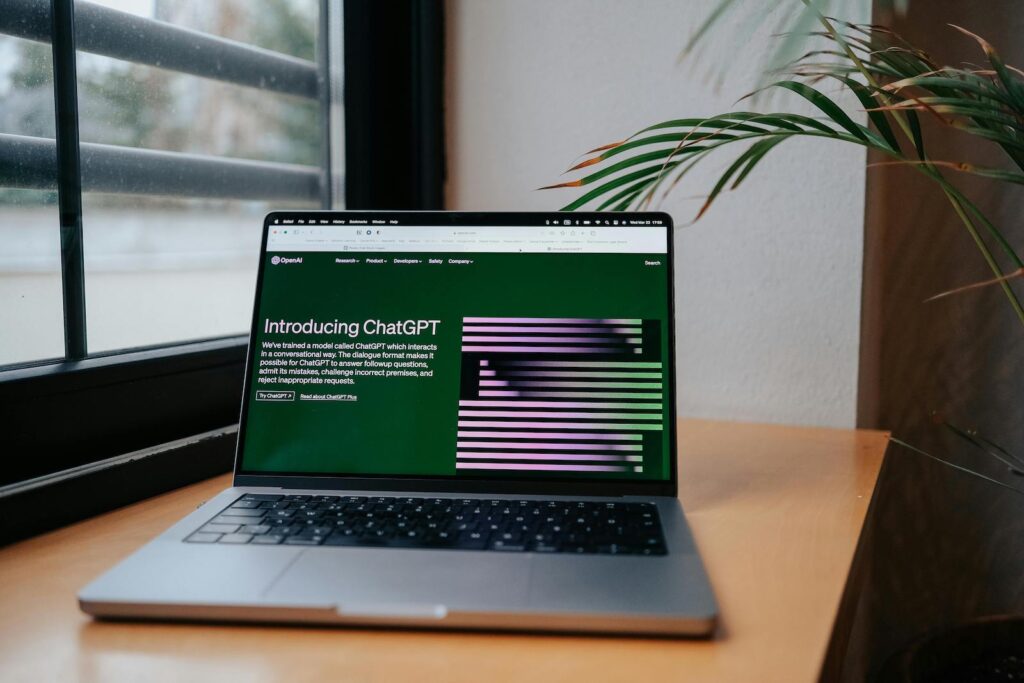The widespread adoption of AI models has prompted significant experimentation with AI to enhance accessibility. Blind people are now using AI to describe images.
Verbal descriptions can be generated as blind people ask questions about pictures of physical objects or digital images. We have the agency to enhance our own accessibility, bridging the gap left by inaccessible content. However, user-generated descriptions will not decrease the amount of inaccessible content posted on websites or social media platforms.
I imagine a world in which the situation is reversed, and content creators use AI to enhance accessibility. AI could help them write alt text and image descriptions to post with their digital content, making it accessible to everyone. In this scenario, a human expert would edit AI-generated content for accuracy before posting it.
This approach could be applied to the many online exhibit platforms where museums publish digital content. Unfortunately, the vast majority of images found in online exhibits are not described making them inaccessible to blind people.
Images are posted without alt text that would have summarized their content. A blind person using a screen reader (voice output) would typically hear “unlabeled graphic,” or they may not hear anything at all.
I wrote this post explaining alt text.
What Is Alt Text and Why Is It Important
In my suggested scenario, a museum curator, or other subject matter expert, would guide the AI assistant in the creation of high-quality image descriptions. The human expert would write a customized prompt containing relevant details about the topic.
Next, the AI would create alt text and an image description using the customized prompt. The last step in my proposed work-flow would require the subject matter expert to edit the AI-generated description for accuracy.
Prompt engineering may become an essential human skill for evaluating the results of AI generated alt text and image descriptions.
As AI continues to evolve, navigating its intersection with accessibility requires careful consideration. While advancements in AI hold immense potential for enhancing accessibility, they must be accompanied by robust frameworks that prioritize human oversight and expertise.
In reimagining the role of AI in accessibility, we can implement a comprehensive approach—one that empowers users and engages content creators. By leveraging AI not just for remediation but also for proactive content creation, we can chart a course towards a more accessible and equitable experience for everyone.

